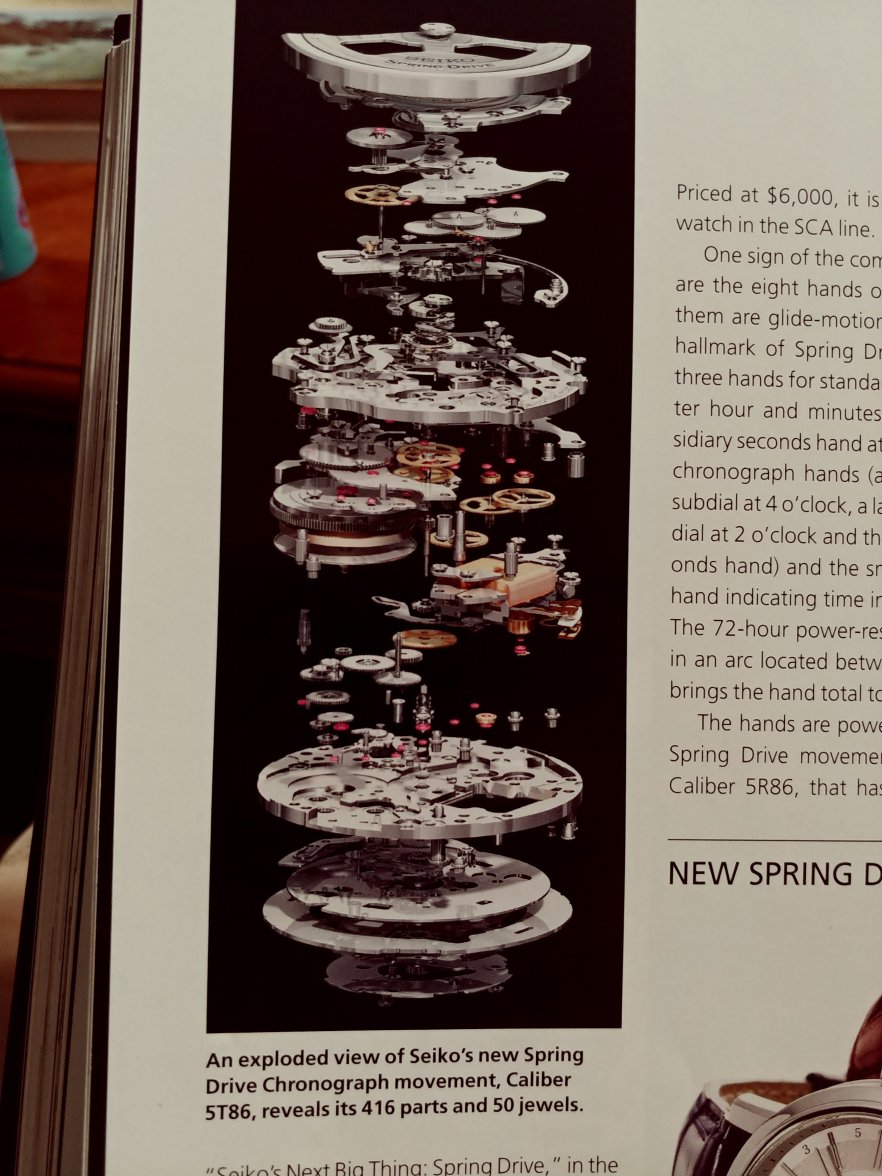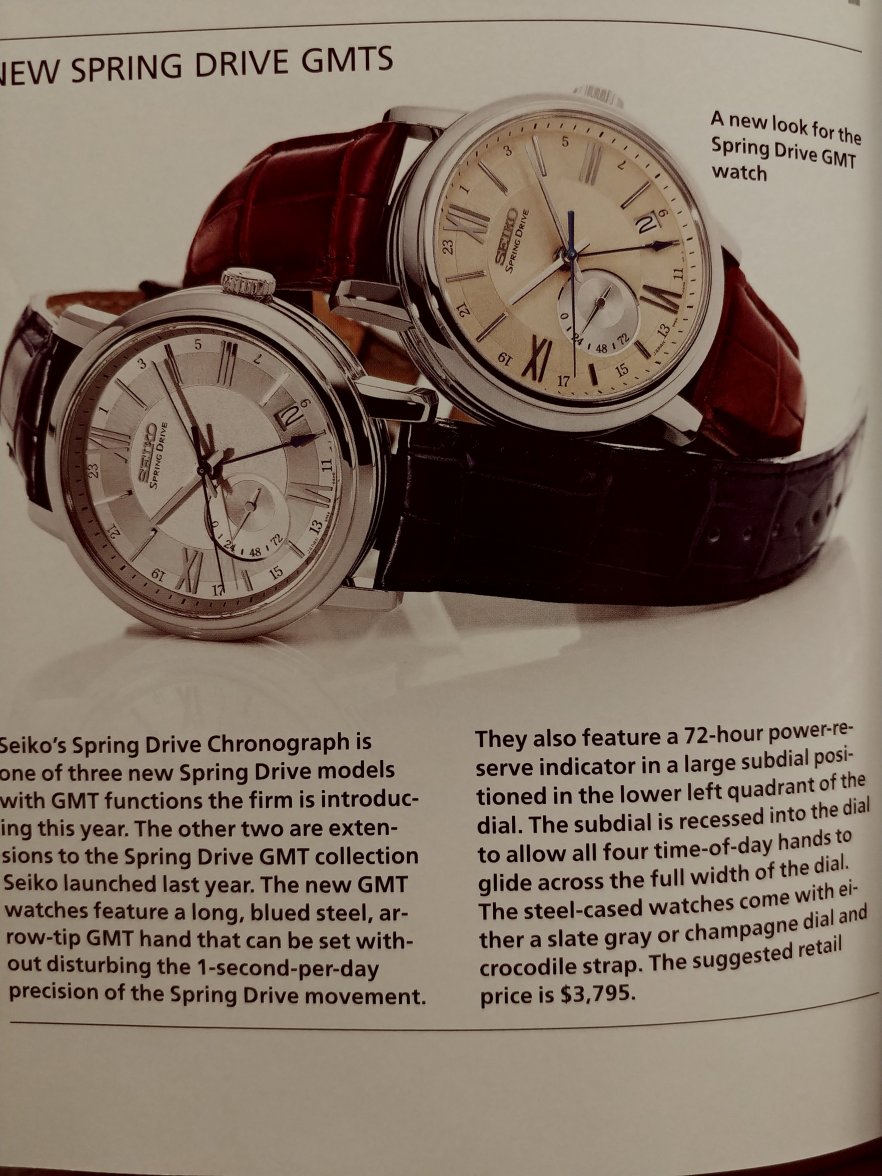Archer
··Omega Qualified WatchmakerI think its the Japanese just being modest or cautious about what they state for their specs. I've seen it countless times in Japanese automotive as well (listing 280 hp when in fact has over 350 hp etc)
When I think of how the Japanese put up hp stats, I think of the Mazda RX8 fiasco...but anyway...
Do we know that these watches need frequent servicing? I was under the impression that these watches could probably go 50 years without needing a service, at least for other Grand Seiko models. I would assume its also the same for the Spring Drive?
Not sure where you get this kind of information from - please post a source. The idea that these watches can go for 50 years without service is about as far fetched as you can get. Interesting that Seiko just announced that they are offering a free first service with the purchase of a GS model (mechanical or Spring Drive) if you buy from a boutique. Not much of a perk if it's something you (or your heirs) have to wait 50 years to collect on...
I know you have said you don't know a lot about movements, but seriously you should read up a bit before spending serious money on a watch. Here is an excerpt from a Spring Drive operating manual I found on line:
"The movement of this watch has a structure that consistent pressure is applied on its power-transmitting wheels. To ensure these parts work together properly, periodic inspection including cleaning of parts and movement, oiling, adjustment of accuracy, functional check and replacement of worn parts is needed. Inspection and adjustment by disassembly and cleaning (overhaul) within 3 to 4 years from the date of purchase is highly recommended for long-time use of your watch. According to use conditions, the oil retaining condition of your watch mechanical parts may deteriorate, abrasion of the parts may occur due to contamination of oil, which may ultimately lead the watch to stop."
Note that Seiko I believe recommends a 3 year service interval for their high beat GS models. Having serviced a 36,000 beat Grand Seiko I can tell you the forces involved are high, and wear is a problem on these watches...


Ok that is correct and my understanding is wrong when you explain it like that. It does seem to a novice that it is a traditional mechanical watch with a quartz corrector.
I'm not a novice. 😀
Quartz watches can be powered by many means...through a traditional battery, using solar energy (EcoDrive), or using kinetic energy (Kinetic and Spring Drive). What they all share is a quartz crystal that is the only oscillator, and that makes them by definition a quartz watch. If you want to ignore that and call it something else, then knock yourself out.
Cheers, Al








